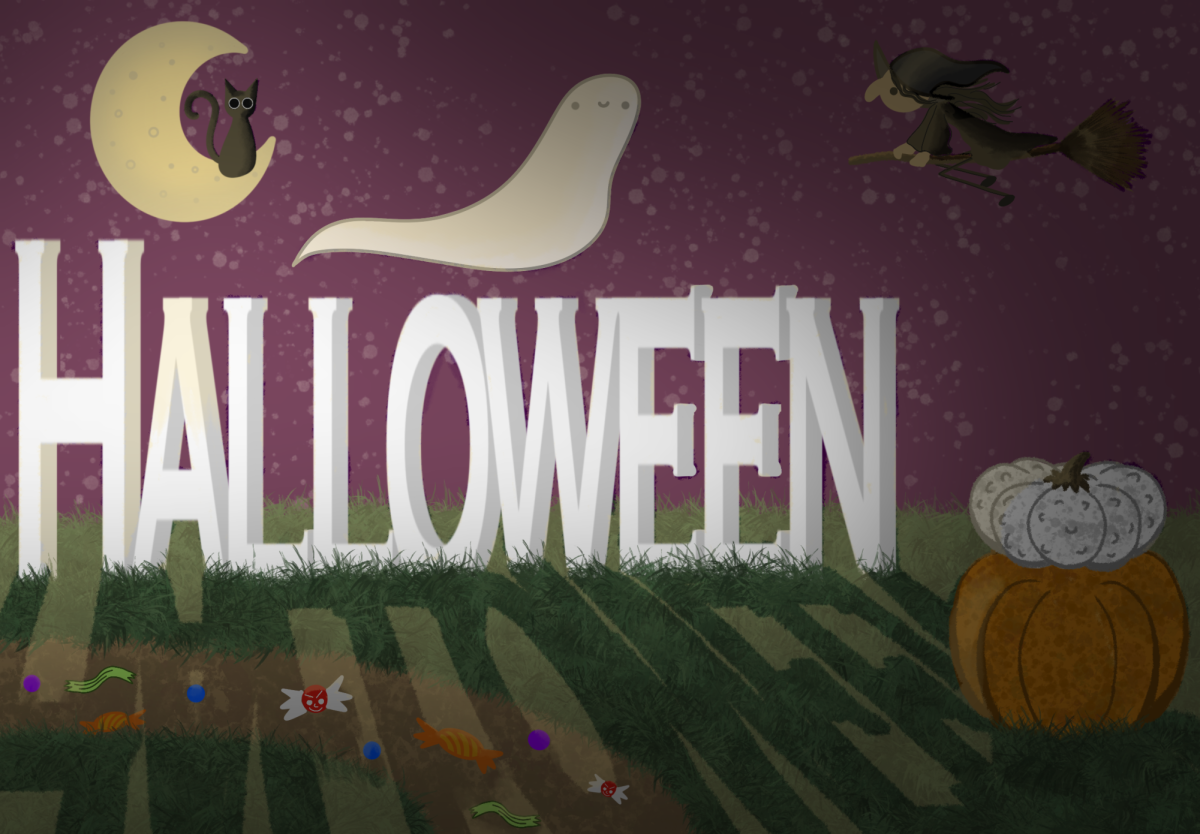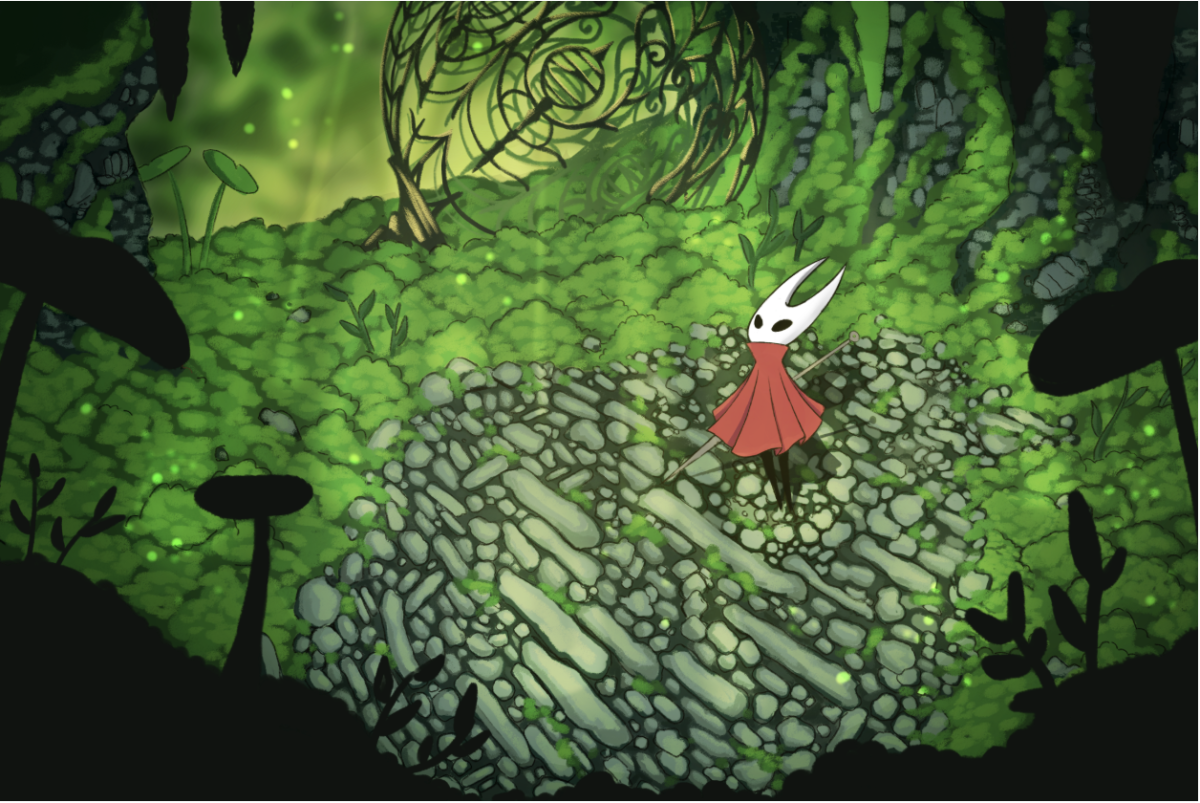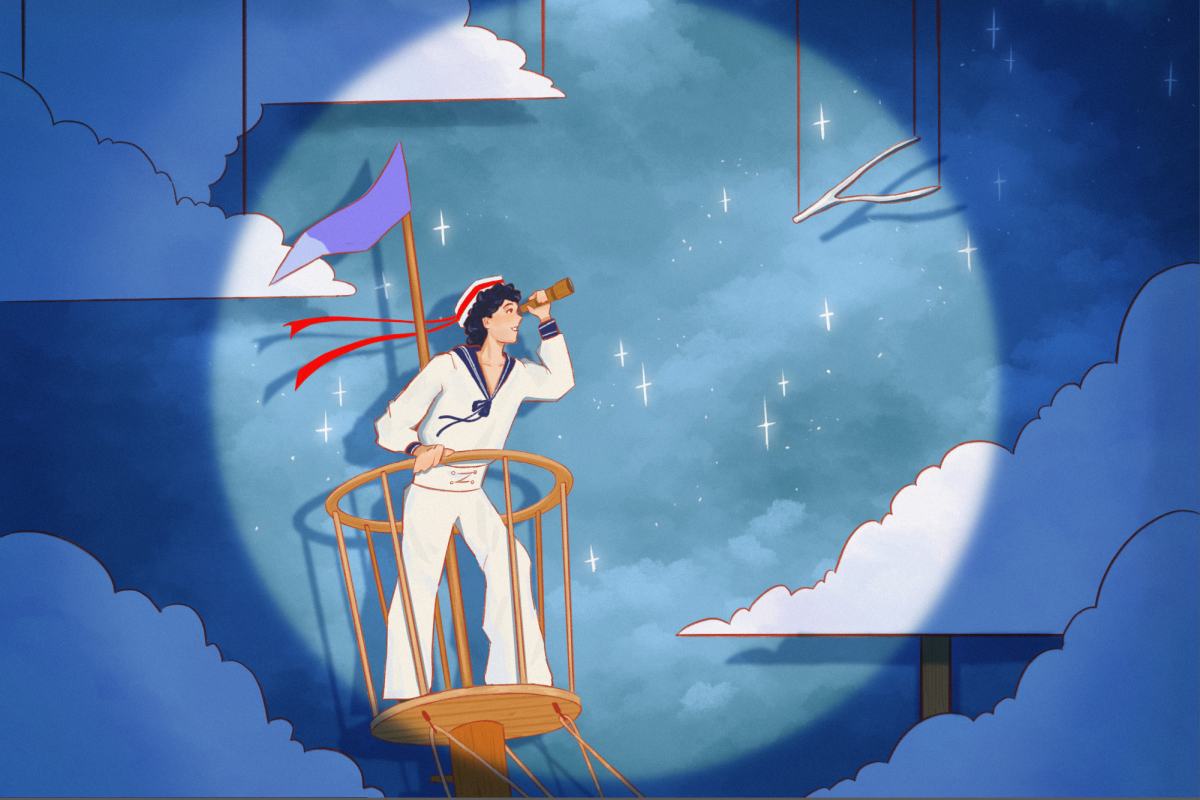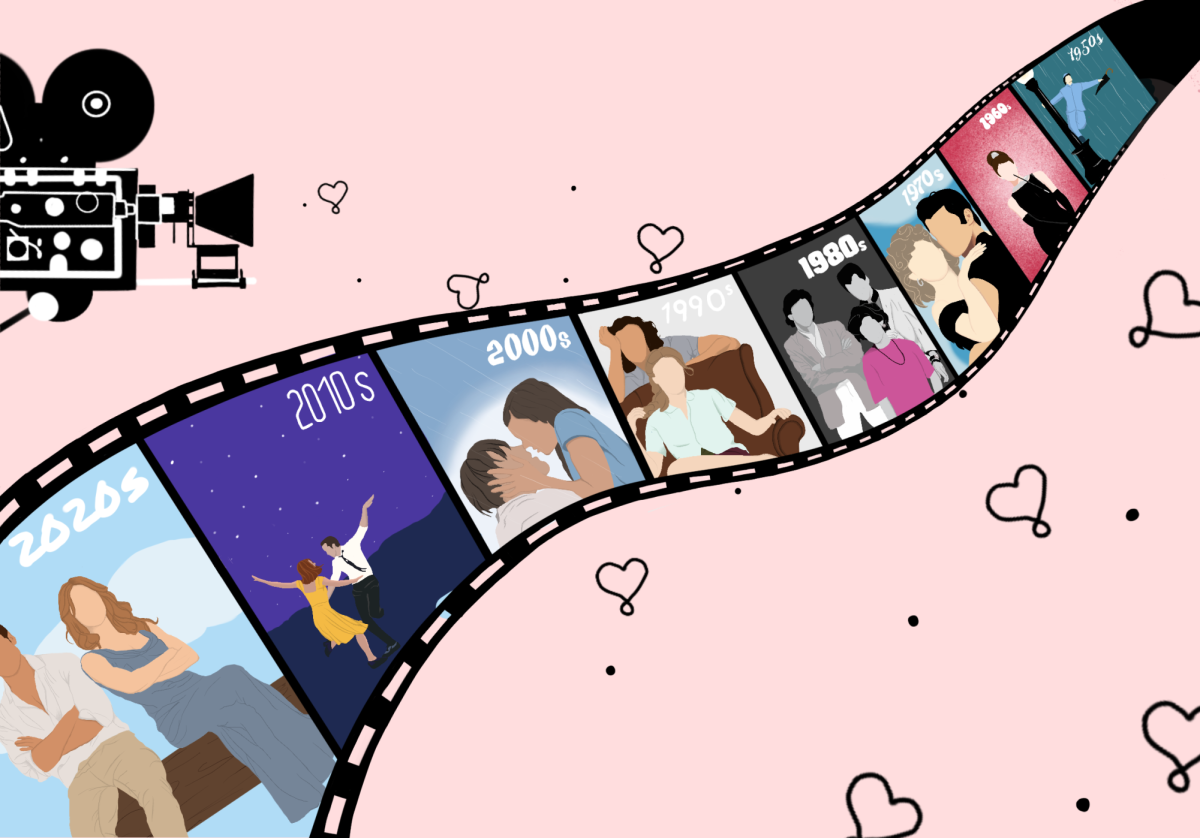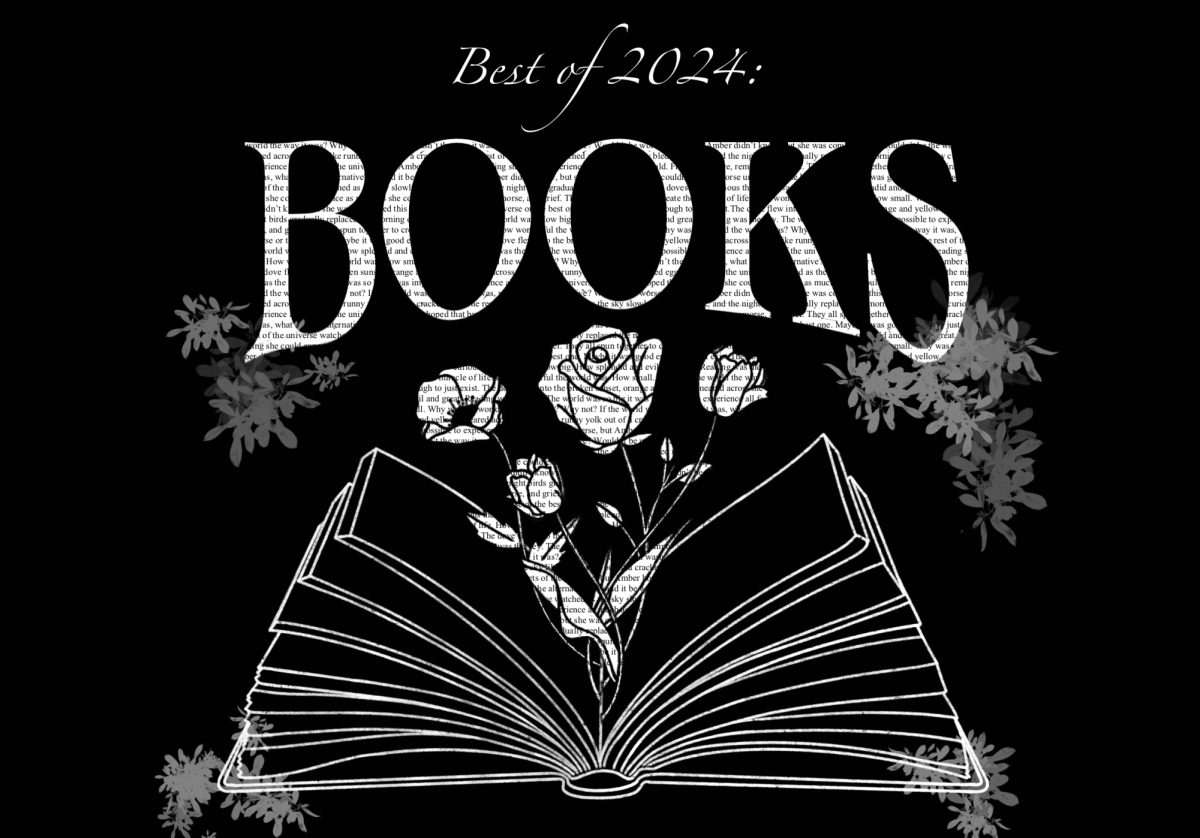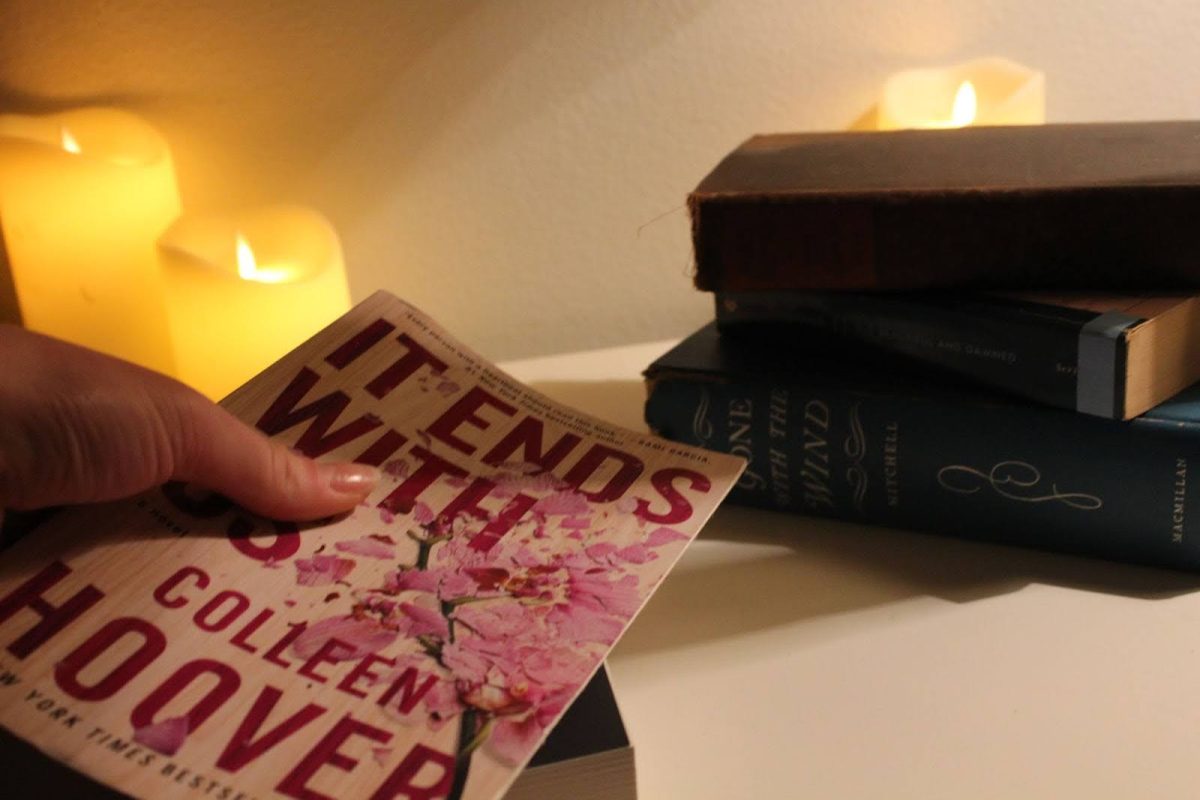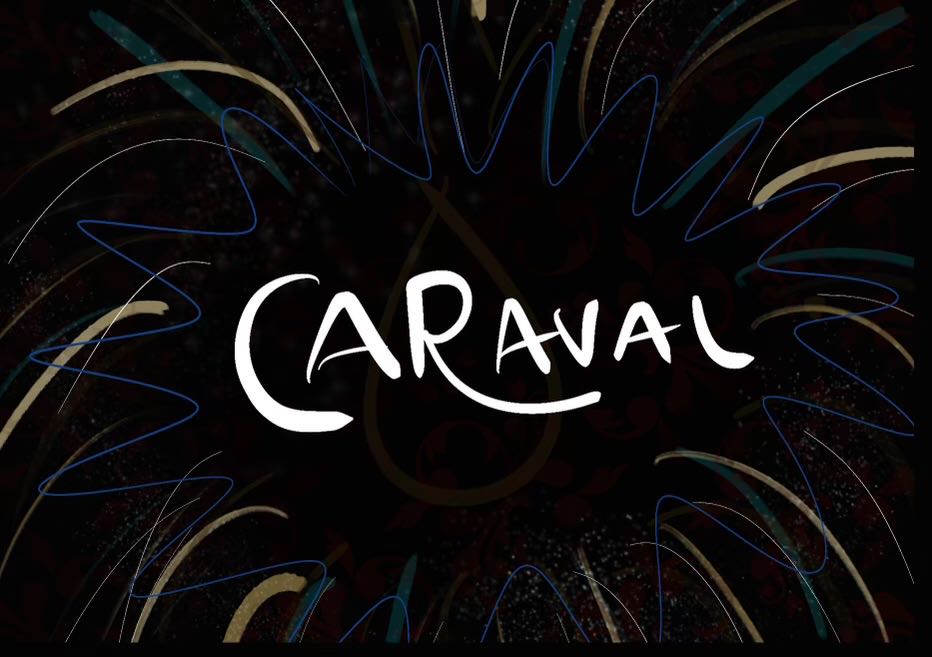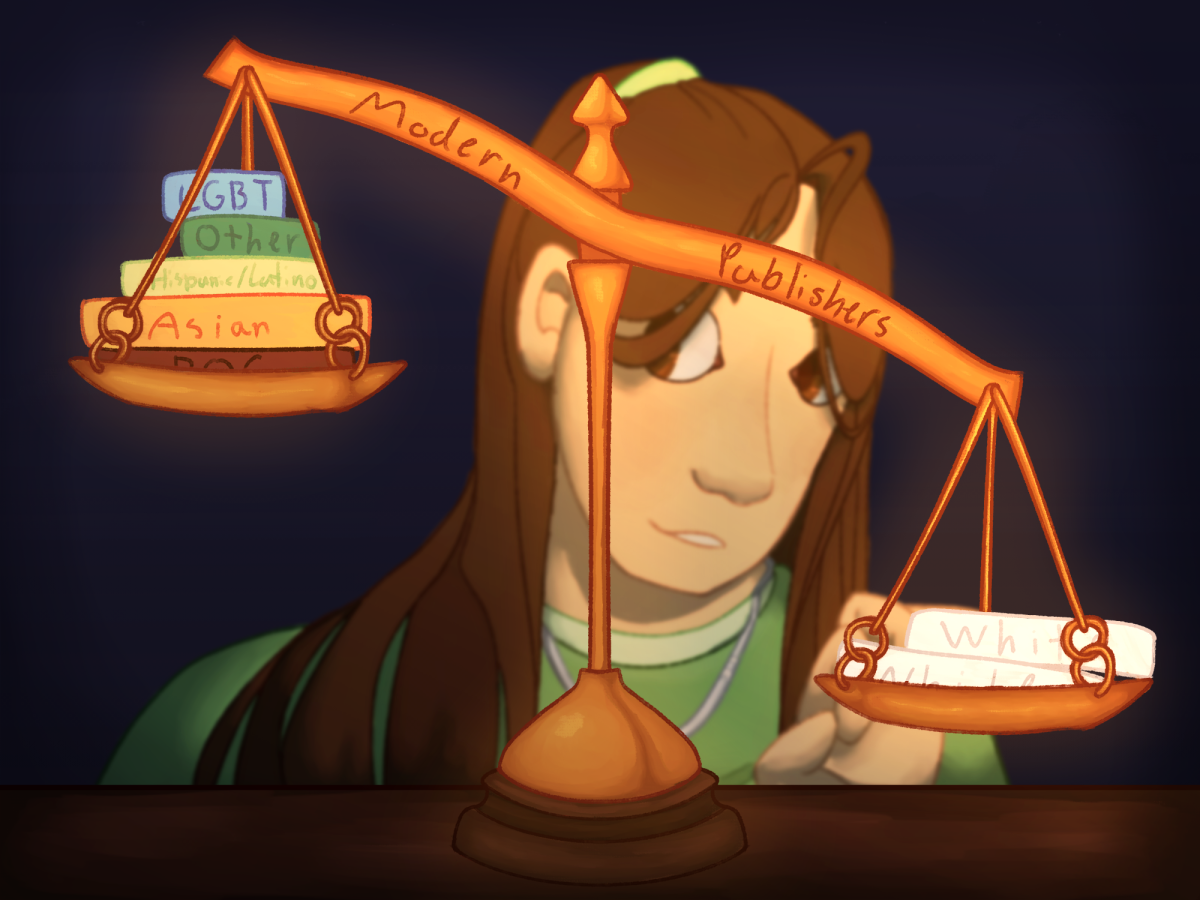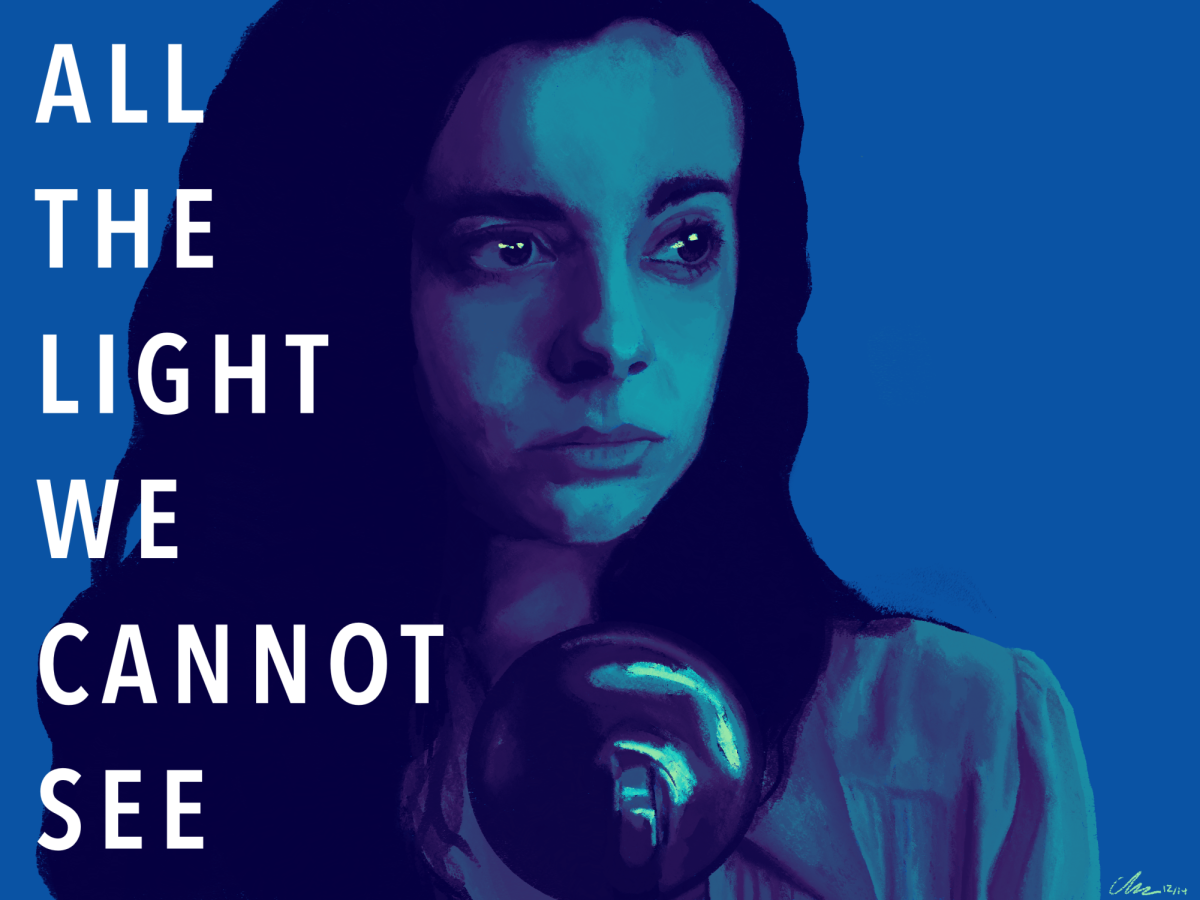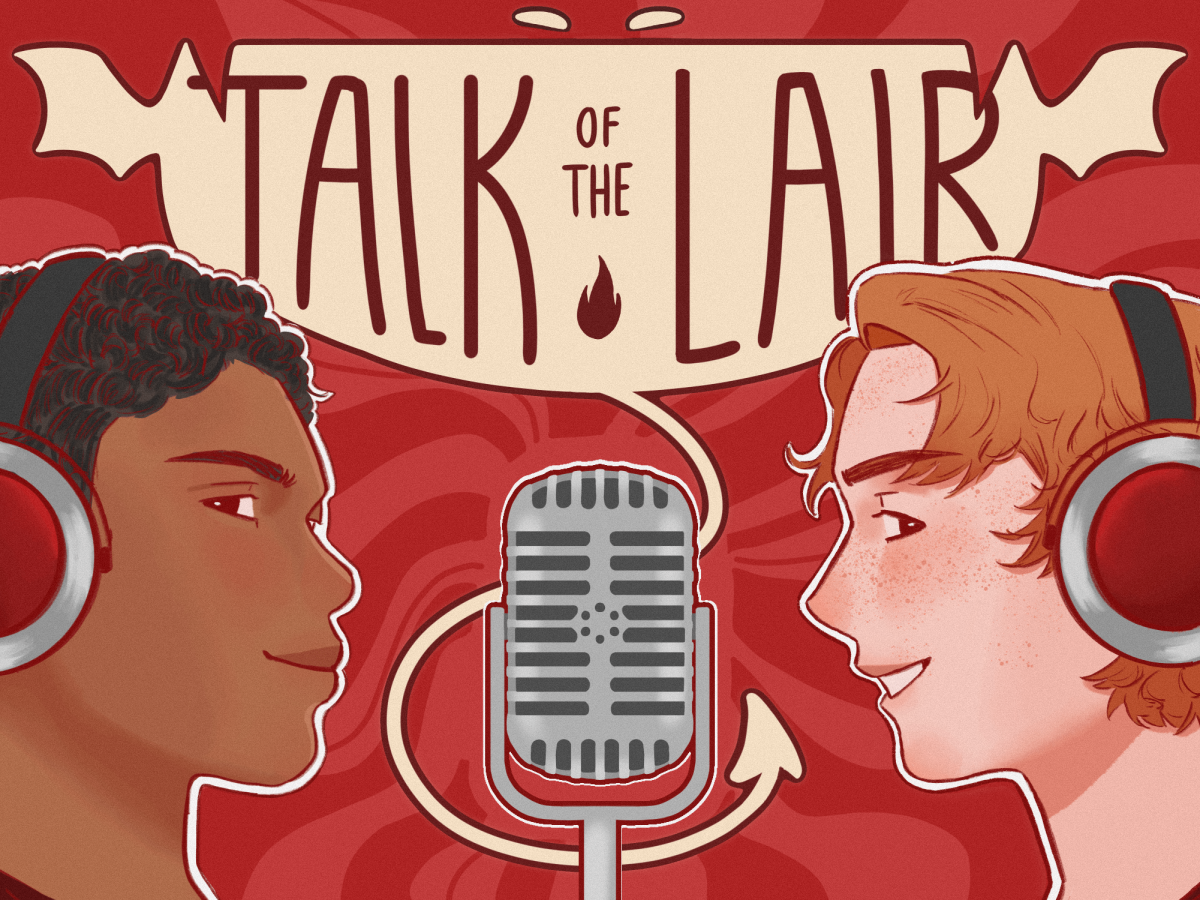Since the beginning of humanity, storytelling has played a vital role in our lives. From the first tales performed by Greek tragedians to the books, movies and short-form content we enjoy on the internet today, stories have been adapted in colossal ways, many of which we may not always recognize.
Stories have done three essential things for humanity: they have provided us with entertainment, kept us alive — and, helped us learn. Think of early fairytales you may have enjoyed as a child, and how perhaps even Disney movies have fueled your imagination and much of the magic you believed in. Realize how many of those characters many young children idolize, and how they not only entertain us, but unconsciously shape us into the people we are today. Lastly, rewind and think of the last time someone told you how their day was. Or even the last time a close friend or family member told you about a hardship they were facing. Those were all stories from experiences that have helped us learn more about ourselves, as well as the world around us. In turn, stories — no matter if they took the form of ancient scrolls or modern BookTok books — were told to us and have not only kept us alive for years, but have also helped mankind understand one another in more than one way.
So, what are we reading now? How has it changed over time? How similar or different are stories now to how they were thousands of years ago?
Comparing Homer’s “The Iliad” to “Mean Girls,” you might be thinking that the two could not be more different. However, there are underlying similarities that few have stuck around to notice. Whether or not many believe it, every story shares at least one aspect in common: the structure, also known as the Fichtean Curve.
Nearly every story follows this basic three-part structure. The first part is the rising action, which is the rise of events. A way to think about it is when things take a turn for the worse in a story, and build up over time. Considering the classic tale of “Cinderella,” the rising action can be identified when the iconic Disney character is introduced and her stepfamily is portrayed as selfish and evil. When Cinderella, her stepmother and two stepsisters are invited to the kingdom ball (after she meets Prince Charming), where they believe they have a chance at marrying the prince, events begin to build when Cinderella is forced to make their dresses and is denied the chance at attending herself.
This finally gives way to the “exciting part,” or the climax of the story. The climax is typically where the story takes a notable shift. In Cinderella, this is pinpointed when she flees from the palace when the clock strikes midnight, losing her shoe on the entrance steps. The audience might feel a sense of exhilaration during such events, and this is a common area where characters or events take action.
Once the story tips over the edge of the climax, one can find the falling action, when events shift into the resolution. Continuing to use Cinderella as an exemplification, the falling action takes place when Prince Charming fits the shoe on the princess, leading to the story’s resolution. The falling action serves the purpose of revealing the story’s theme, or its message and purpose.
The Fichtean Curve is what makes stories so intriguing to readers, and what has kept them alive over the years. Since the very beginning, humans have traveled miles to get from those ancient texts, to the modern stories we are presented with today.
All of this developed over thousands of years, but why bother? Why do we choose to read? There is no one better to ask than the latest generation of students located at Foothill Technology High School (Foothill Tech), a place teeming with kids of all different kinds of interests.
Iain Richards ‘26, who is currently reading “War of the Worlds” by H.G. Wells took an interesting approach to the subject, “I like to read … monster books like action and stuff like that. I think it’s cool to learn about … different creatures … and also … different characters.”
Even the most action-packed books about supernatural creatures contain some kind of overarching theme or message — especially deeper questions about life and human nature. Additionally, some students, believe it or not, are fans of books assigned in English class.
“[W]e just finished The Great Gatsby in English but that’s pretty much it … if I’m bored, I have nothing better to do really, I like to read, kinda learn — I enjoy learning,” Nicholas Ernst ‘25 says.
People’s inclination to learn is evident in almost everyone, and stories are universally known to help us do just that. Last but not least, there are those who enjoy reading just for the sake of reading, to really enjoy getting to know and sit in fictional worlds. Natalie St. Pierre ‘27, an incredibly avid reader, confirms this.
“I’m actually reading five [books] right now,” she states, “I’m reading the ‘Four Dead Queens,’ ‘Delirium,’ … I’m re-reading ‘Shatter Me,’ I loved that series, … I’m reading ‘Legendborn,’ and … then right now I’m reading ‘Red Queen.’”
Reading is an activity anyone can enjoy, whether it be to teach us lessons about the world we live in, help us grow as people, or just for the sole purpose of enjoying living the lives of those who never truly got to enjoy theirs. Studies have shown that books can even reduce stress up to 68%, and degrade the chance of a person going to prison. Furthermore, children who read will be less likely to do drugs or drop out of school. In whatever case, the perks of immersing oneself in literature are many; no matter what it is you choose to read, you are learning something new. To conclude, St. Pierre says, “I think … it kind of just transports you into like a different … universe, and kind of distracts you … you can go out of your ordinary life and just kind of, be in a new world.”





